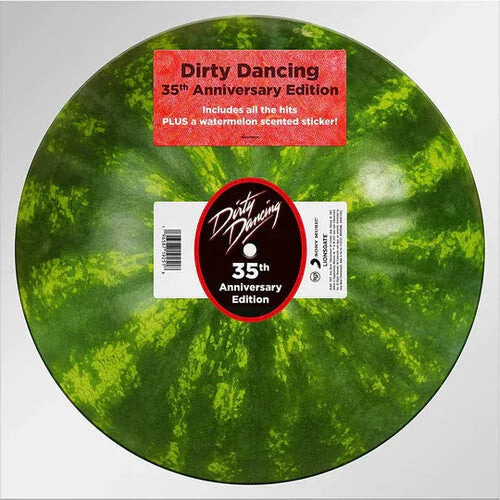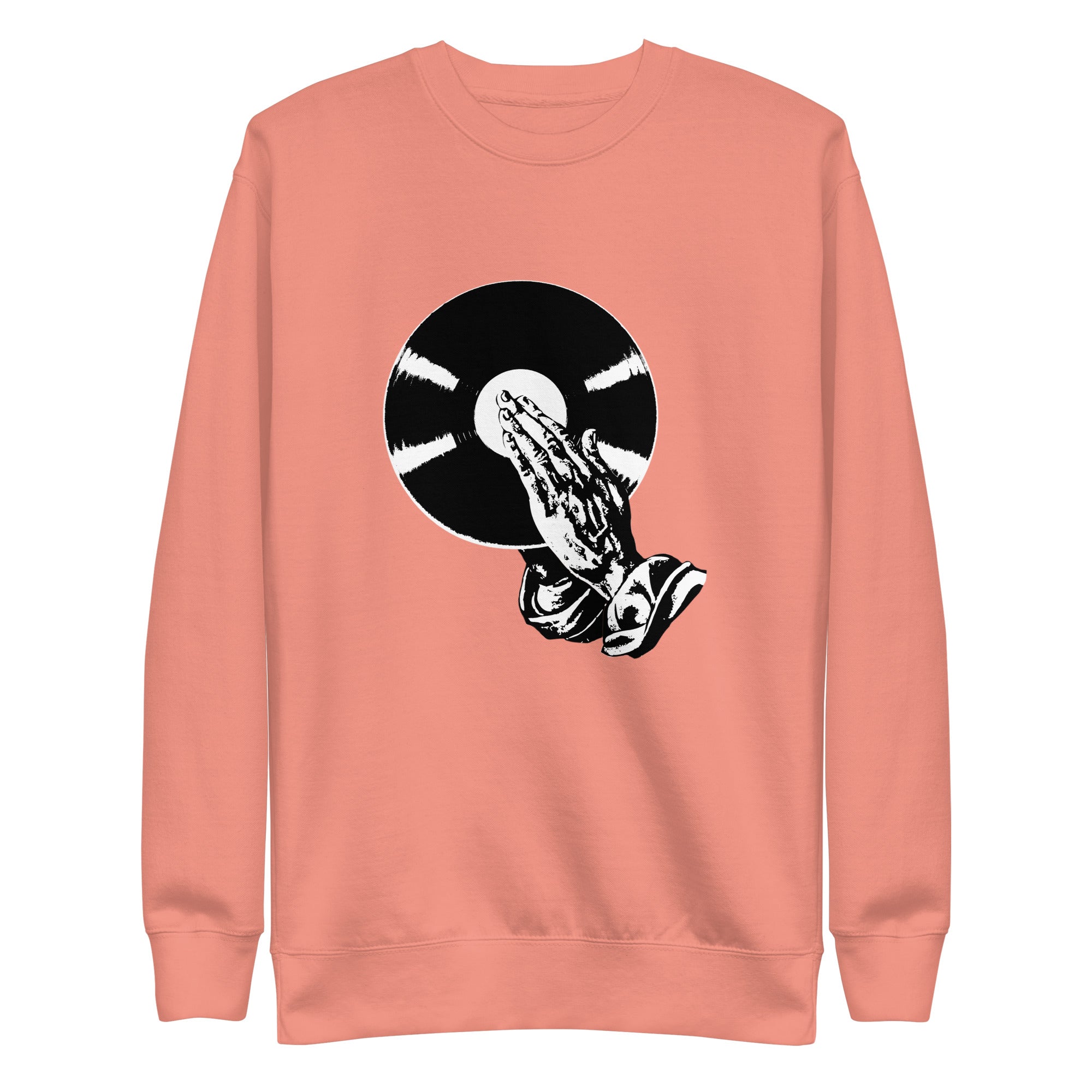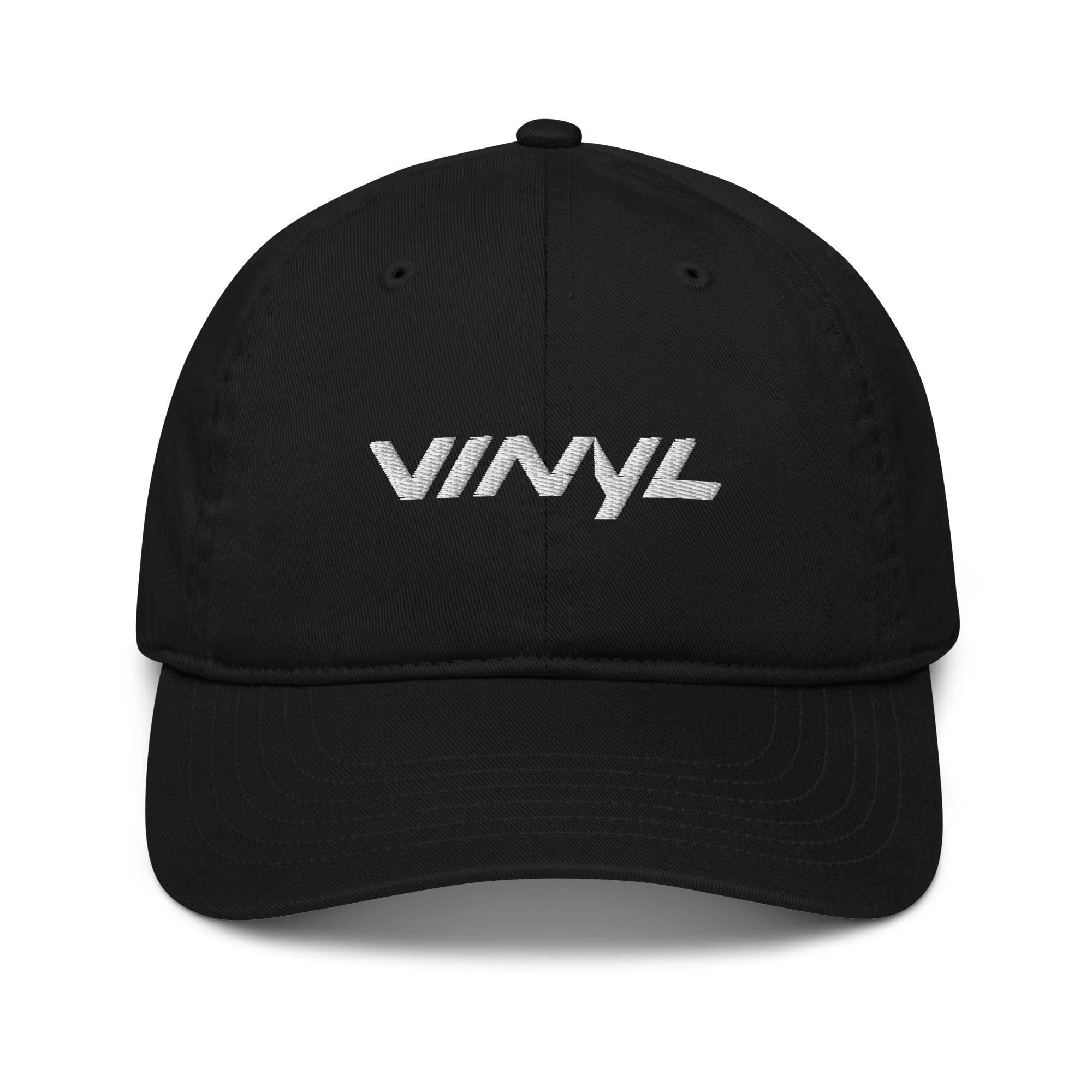Vinyl records are not just a medium for music; they are a blend of art, nostalgia, and personal expression. Displaying your vinyl collection can transform your living space into a reflection of your musical taste and personality. It's important to consider both aesthetics and functionality when showcasing your records. A well-organized display not only makes your collection visually appealing but also ensures easy access to your favorite albums. Whether you're a casual listener or a hardcore vinyl enthusiast, the way you display your records can significantly enhance your listening experience. It’s about creating a space that resonates with your style while keeping your precious records safe and sound.
Vinyl Record Display Methods
There are different ways to display vinyl records attractively, focusing on both functionality and aesthetics. Shelving and racks are the go-to solutions for vinyl storage. They offer a classic, straightforward way to organize and display your records. When choosing shelving, it’s important to consider the weight capacity and the material to ensure durability and stability. Wooden shelves offer a traditional look, while metal racks can give a more modern touch. The key is to choose a style that not only holds your collection safely but also complements your home decor. Additionally, these storage options can be customized to fit various spaces, making them versatile for any room size.
Album covers are artworks in their own right, and many collectors love to showcase them as part of their home decor. Using wall mounts and frames is a great way to turn these covers into stunning wall art. Creative album cover framing can transform a plain wall into a vibrant gallery of your favorite artists. This method not only adds a personal touch to your space but also serves as a conversation starter for guests. Plus, it’s a fantastic way to appreciate the artistry that goes into album cover design, often overlooked in digital music formats. Incorporating multifunctional vinyl furniture is a smart way to make the most of your living space. Furniture pieces like coffee tables with built-in record storage or TV stands that double as vinyl racks are perfect for small apartments or rooms. This approach not only saves space but also adds a unique aesthetic to your home. It’s about finding pieces that are both stylish and practical, so you can enjoy your music while maintaining a clutter-free environment.

Maximizing Storage Space
Make the most of available space when storing and displaying a vinyl record collection. Modular storage systems for records offer a flexible and stylish way to store and display your vinyl collection. These systems can be customized to fit any space and can be expanded as your collection grows. They’re perfect for collectors who want a display that can adapt to their changing needs. Modular systems strike a perfect balance between aesthetic appeal and functional design, offering an organized, accessible, and visually pleasing way to enjoy your records.
Long-Term Vinyl Record Care
Preserve vinyl records over time by preventing warping, avoiding leaning, and ensuring proper ventilation. Protecting your records from environmental factors like sunlight and dust is crucial for preserving their quality and longevity. Exposure to direct sunlight can cause warping and fading, while dust can affect playback quality. Implementing strategies to shield vinyl from sunlight and dust involves placing your collection in areas with minimal sun exposure and using protective covers or cabinets. Regular cleaning of both the records and the storage area also plays a vital role in maintaining the condition of your vinyl.
To ensure the longevity of your vinyl records, it’s important to follow certain best practices. This includes handling records by the edges, cleaning them regularly with a soft, anti-static brush, and storing them vertically to prevent warping. Using inner and outer sleeves for additional protection is also recommended. Keeping the records away from heat sources and maintaining a consistent temperature and humidity level in the room are other key factors in vinyl preservation.
Selecting the right materials for your vinyl storage is essential in protecting your records and ensuring their longevity. When choosing sleeves for your vinyl, polyethylene is preferred over PVC. Polyethylene sleeves are softer and less likely to react chemically with vinyl, preventing potential damage such as cloudiness or stickiness that can occur with PVC. PVC sleeves can degrade over time, especially under fluctuating environmental conditions, releasing chemicals that may permanently affect the vinyl's surface. It is wise to consider acid-free paper sleeves for extra protection against dust and static, which can further safeguard the delicate grooves of your records from abrasions.
Consider the climate of your room; materials like solid wood are generally durable but may require maintenance in humid climates to prevent warping. For a more modern approach, reinforced glass or industrial-grade metals can offer both strength and a contemporary look without the risk of warping. Investing in quality storage solutions is not merely an aesthetic choice but a practical one that preserves the integrity and sound quality of your vinyl records, ensuring that they continue to provide the optimal audio experience for years to come.
Organizational Strategies for Vinyl Collections
Organizing your vinyl collection can be a fulfilling task. One popular method is to sort records by genre, color, or artist. This approach not only makes it easier to find a specific record but also creates a visually appealing display. For instance, arranging albums by color can create a striking visual spectrum, while sorting by genre or artist can help in quickly locating a particular mood or style of music. The key is to choose a system that resonates with your personal preferences and enhances your experience of engaging with your collection. In addition to genre, color, and artist sorting, you can use other strategies to organize your vinyl collection. These methods can enhance both the functionality and aesthetic of your display:
- Chronological Order: Sorting your vinyl records by the release date of each album offers a unique historical perspective on the evolution of music. This method allows you to experience the progression of musical styles and innovations over the years. By following this system, you can create a timeline of musical history right in your living room, making it a fantastic conversation starter for guests and a rewarding journey for personal exploration.
- Mood-Based Categories: Organizing your records based on the mood they evoke is a highly intuitive method. By grouping albums into categories like relaxing, energetic, or melancholic, you can easily choose music that complements your current emotional state. This approach is particularly useful during gatherings or personal moments when you need music that fits the atmosphere, ensuring your collection serves not just as a library, but as a tool for emotional resonance.
- Label and Publisher: For those with a strong preference for specific production qualities or artists, sorting vinyl by label or publisher can be very appealing. This method highlights the distinct styles and signatures of different labels, which are often reflected in the music they produce. Collectors who follow specific labels for their consistent quality or historical significance find this approach both practical and rewarding.
- Custom Categories: Personalizing your collection by creating custom categories offers a unique way to engage with your music. Categories such as 'soundtrack of my life' or 'road trip favorites' not only make your collection deeply personal but also more accessible based on your specific experiences and memories associated with the music. With this approach, your record collection becomes a story of your life, with each record having a unique position in your tale.
- Frequency of Play: Organizing records by how frequently you play them ensures that your favorites are always within easy reach. Place your most-loved albums in prominent, accessible spots while storing those you listen to less often further back. This practical approach saves time and enhances your listening experience by keeping your frequently played records handy and ready to spin at a moment's notice.
This approach not only makes your collection aesthetically pleasing but also adds a layer of personalization, making the experience of browsing through your records more enjoyable and meaningful. For smooth and efficient access to your records, consider the ergonomics of your setup. Ensure that your storage allows for easy browsing without the need to move other items. This could mean having sliding drawers or a rotating stand for easy access. Clear labeling, whether by genre, artist name, or release date, can also streamline the process of finding the right record. This thoughtful organization minimizes handling and potential damage, ensuring your records remain in top condition.

Integrating Audio Equipment in Displays
Integrating record players in displays is about more than just functionality; it's about creating a harmonious setup. Your turntable and speakers should be integrated into your display in a way that complements your collection and room layout. For example, placing the turntable on a dedicated stand or shelf at a comfortable height enhances both usability and visual appeal. The speakers should be positioned to optimize sound quality without overpowering the room. The goal is to create a space where the equipment is part of the overall aesthetic, contributing to the vinyl listening experience.
Creating an ideal setup for audio equipment with your vinyl display is crucial for both aesthetic pleasure and functional usability. This involves several key considerations that not only enhance the visual appeal of your space but also improve your listening experience. Here are the aspects to consider:
- Turntable Accessibility: The placement of your turntable is fundamental for easy usage and maintenance. It should be positioned in a way that it is easily accessible, allowing you to change records and perform regular maintenance without any obstructions. Make sure there's ample space around the turntable to handle vinyl records safely, preventing any potential damage. With this arrangement, you can enjoy a smooth, enjoyable vinyl listening experience while preserving the integrity of your records and your turntable.
- Wiring Arrangement: Efficient management of audio cables is essential to prevent accidents and maintain an organized look. All wiring should be strategically routed and possibly concealed to avoid clutter that can detract from the aesthetic of your display area. Use cable ties or clips to secure loose wires together, and consider using cable management boxes or conduits to hide them from view. This not only improves safety by reducing the chance of tripping over exposed cables but also enhances the overall clean appearance of your music listening area.
- Speaker Positioning: The placement of speakers is critical in optimizing the sound quality of your vinyl setup. Speakers should be positioned to take full advantage of the room’s acoustics, considering factors like wall reflections and the distance from your listening area. Avoid placing speakers directly on the floor or against walls, as these positions can affect sound quality. Ideally, speakers should be at ear level when seated and spaced apart to create a stereo image that envelops the listener, providing an immersive audio experience.
- Aesthetic and Functionality: Your vinyl display and audio setup should not only function well but also be a focal point in your room. It’s important to choose equipment and furniture that complement each other and the overall decor of your space. The design should be cohesive and pleasing to the eye, creating an environment that you enjoy spending time in. This involves selecting stylish yet practical pieces that enhance the usability of your setup while keeping everything organized and attractive. By doing so, you elevate the overall enjoyment and functionality of your vinyl listening experience.
Each element of your vinyl audio setup contributes to a more enjoyable and effective use of your space. When these aspects are carefully considered and implemented, they ensure a delightful and high-quality music listening experience.
Enhancing Your Display with Lighting
Spotlights can be a dynamic way to highlight special records in your collection. By focusing light on select albums, you can draw attention to rare finds, personal favorites, or records with particularly striking album art. This not only adds a visual appeal to your display but also helps in creating a mood or theme in your music room. Incorporating ambient lighting for record collections creates a warm and inviting atmosphere in your music space. Soft, indirect lighting can set the mood for listening sessions and add a cozy feel to the room. Consider using LED strips behind shelves or around the perimeter of the room for a subtle, yet effective, ambient effect. This type of lighting not only enhances the visual appeal of your collection but also helps in creating an immersive listening experience.
When incorporating lighting into your vinyl display, it's important to consider the safety of your records. Avoid placing lights too close to the records to prevent heat damage. LEDs are a safer option as they emit less heat compared to traditional bulbs. Also, ensure that the electrical setup is secure and that wires are neatly tucked away to prevent accidents. Safety should always be a priority, ensuring that your display is both beautiful and hazard-free.
Vinyl Record Storage Solutions
Various options include alternatives to popular storage units. For vinyl enthusiasts living in smaller spaces, finding innovative storage solutions is crucial. These solutions not only maximize your space but also ensure your vinyl collection is both accessible and displayed beautifully. By thinking creatively about the functionality of furniture and the spatial arrangement of your living area, you can effectively manage and enjoy your record collection without feeling constrained by limited square footage. Focus on versatile items that blend seamlessly with your decor while offering hidden storage solutions. Ottomans are particularly valuable for small spaces, as they can serve as seating, footrests, or coffee tables, all while providing ample space inside for storing vinyl records. Similarly, coffee tables and end tables with drawers or shelves underneath can store records and audio equipment without cluttering your living space. These multifunctional pieces keep your vinyl easily accessible and neatly organized, ensuring your living area remains stylish and uncluttered. Moreover, consider custom-built solutions like benches with lift-up seats or entertainment centers designed specifically with vinyl storage in mind, which can add a personal touch to your space while catering to your storage needs.
Vertical storage solutions can also dramatically increase the efficiency of your space usage. Hanging pockets, for instance, can be mounted on walls or behind doors to hold vinyl sleeves, freeing up valuable shelf or floor space. Over-the-door storage racks are another ingenious solution, allowing you to utilize often-overlooked spaces such as the backs of doors. These racks can be custom-fitted to hold multiple records and ensure that your collection is easily accessible. Additionally, wall-mounted shelves or bespoke vertical units designed to hold records can create a visually appealing display that acts as both art and functional storage. By elevating your records onto the walls, you transform your collection into a focal point of your decor, ensuring that every inch of space is used effectively without sacrificing aesthetics or accessibility.

Enjoying and Using Your Collection
Regularly playing and interacting with your vinyl records is essential for truly enjoying your collection. Spinning your favorite albums not only keeps you connected to the music but also helps you rediscover forgotten gems, maintain your records in good condition, and cultivate a deeper appreciation for your evolving musical journey.
Your vinyl collection represents your musical journey and personal taste. It's important to remember that there are no rigid rules for displaying your records. Feel free to experiment with different organizational methods, lighting techniques, and storage solutions until you find the one that best suits your style and space. The goal is to create a space where you not only store your records but also celebrate your love for music. Showcase your passion for music and elevate your space with timeless albums from Vinyl.com, and let your vinyl display be a canvas for your expression, a space that is uniquely yours and tells your musical story.


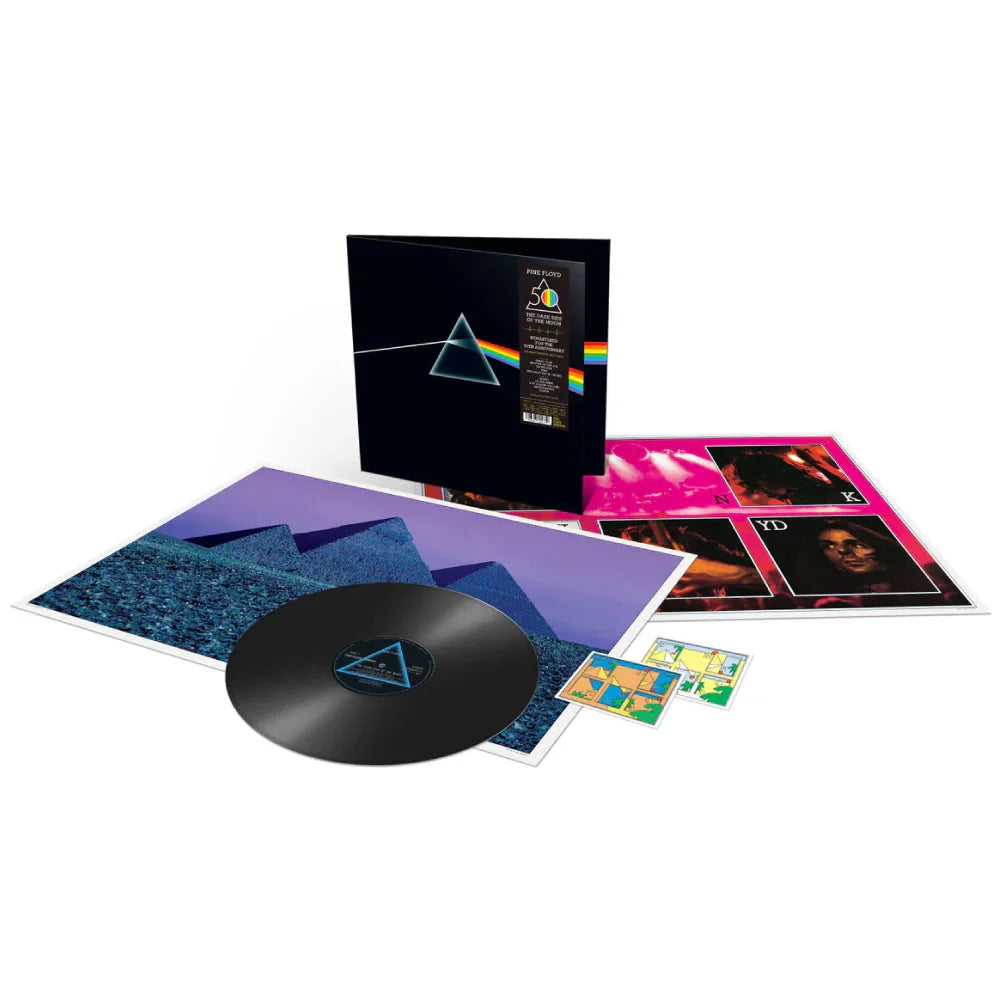
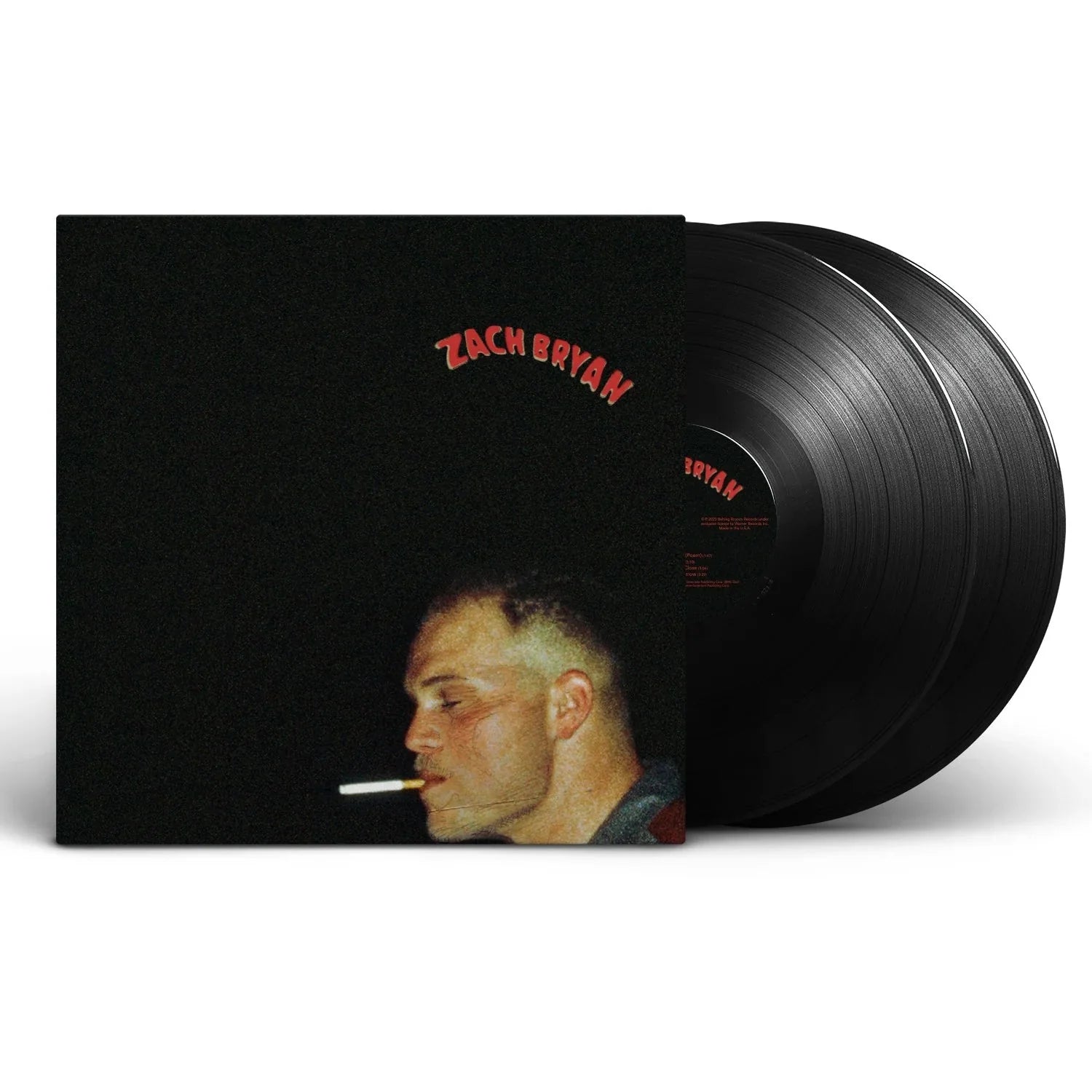
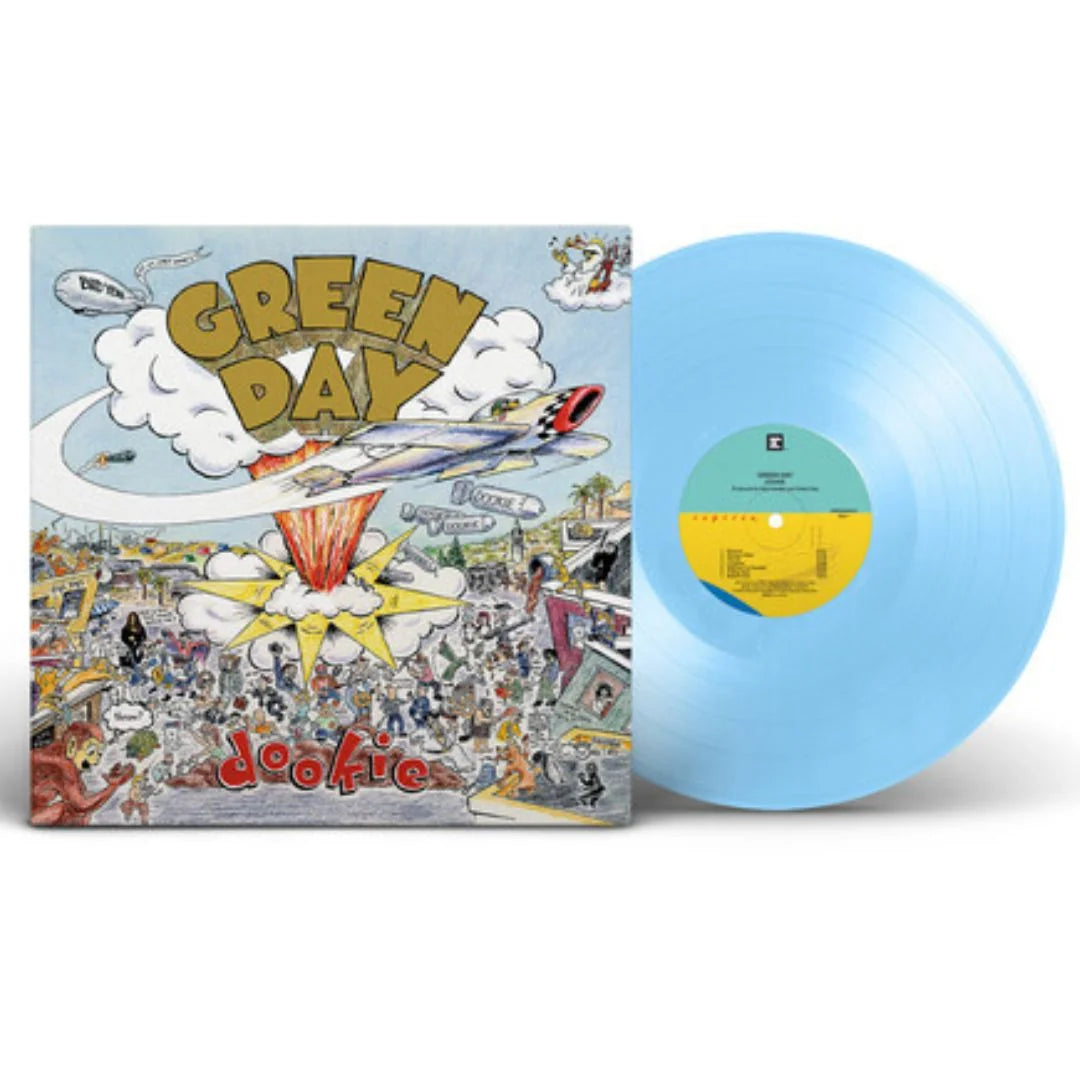
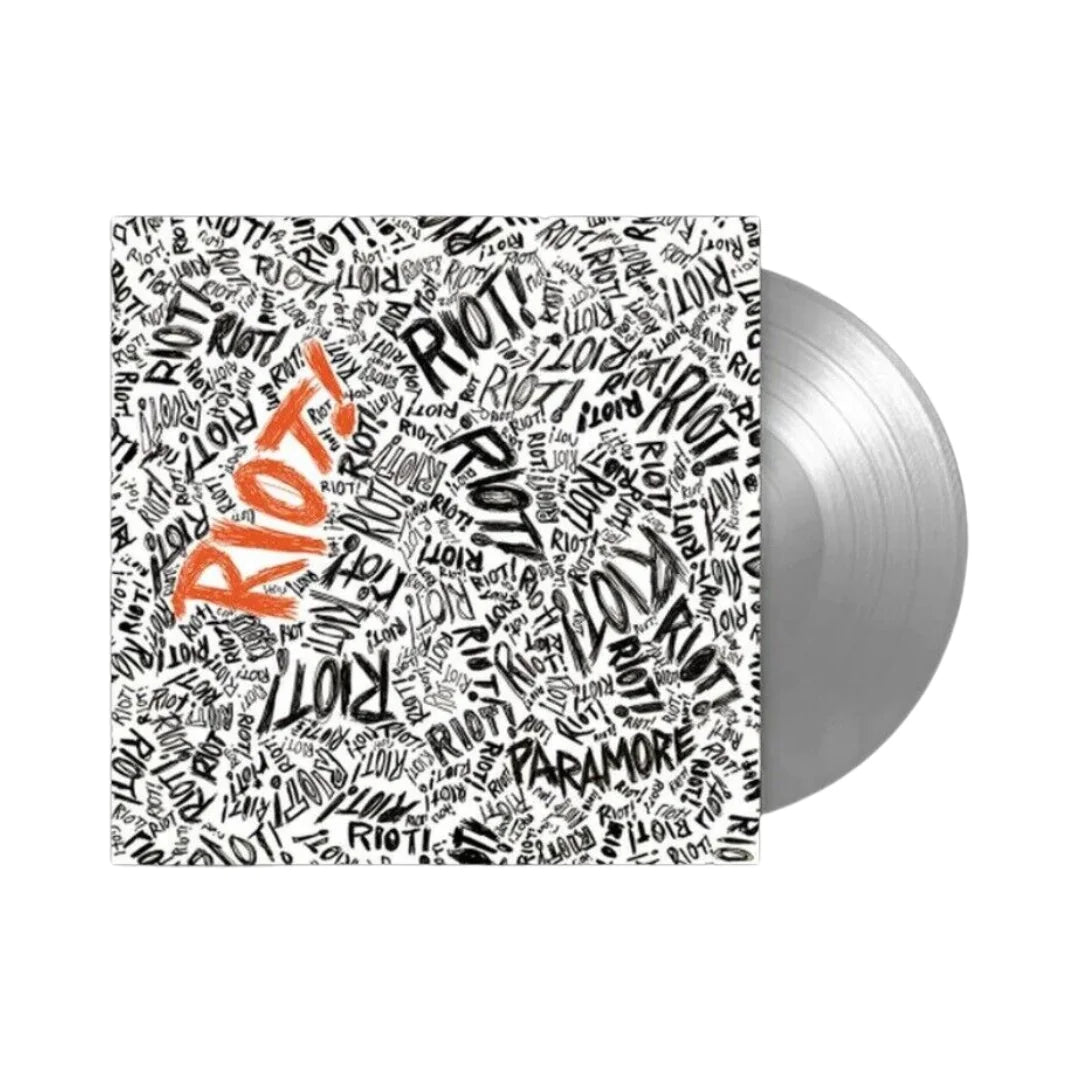
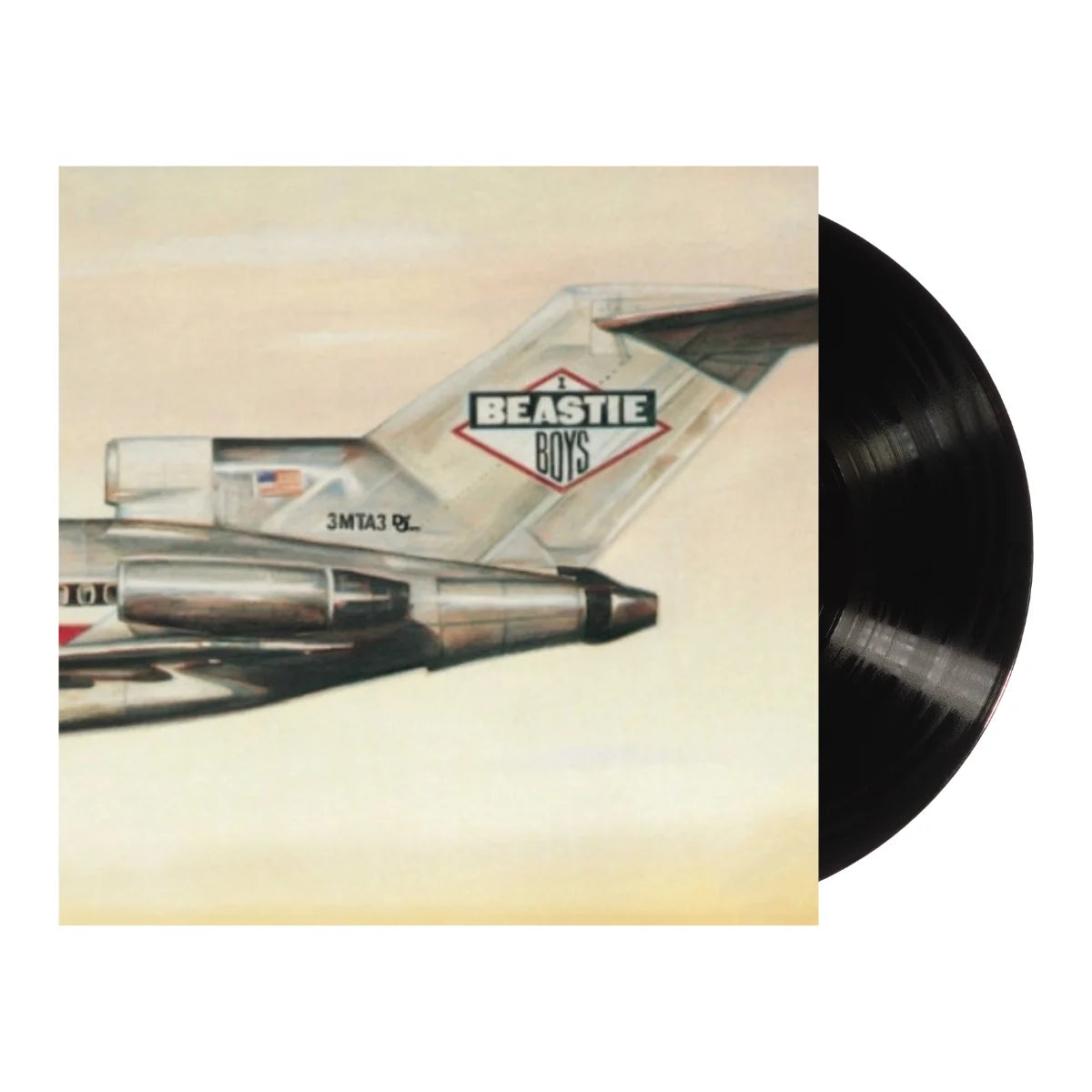
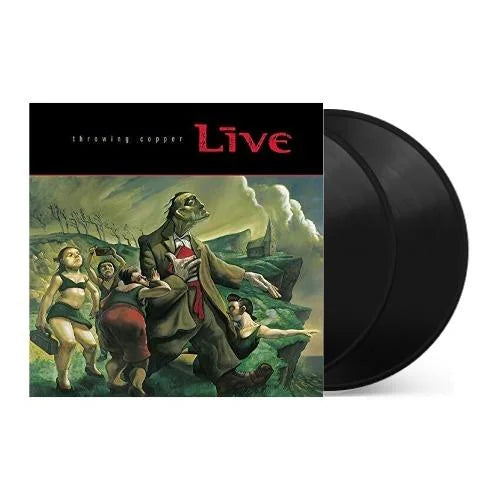
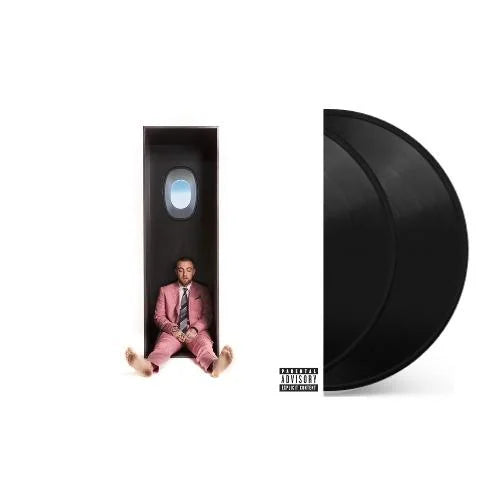
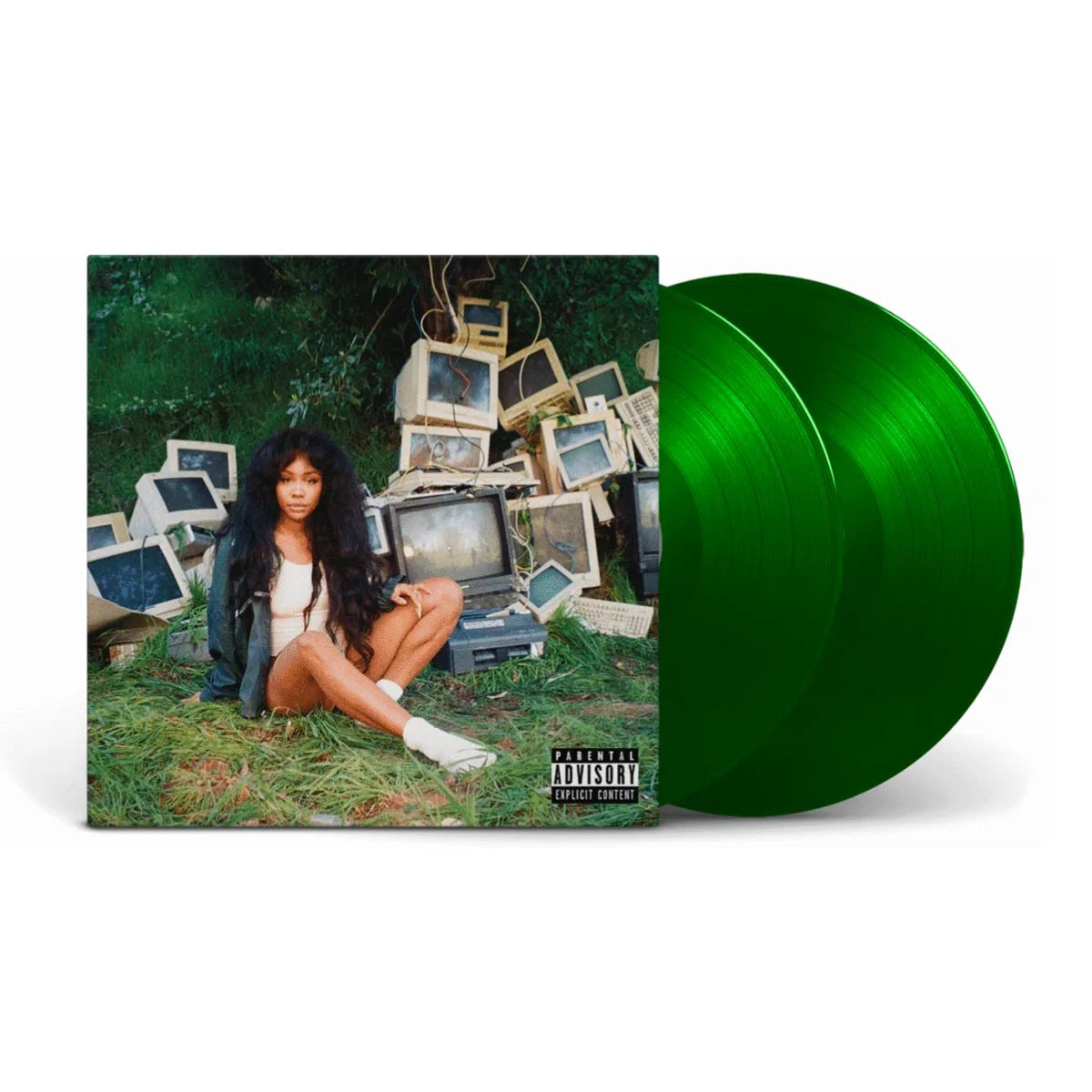
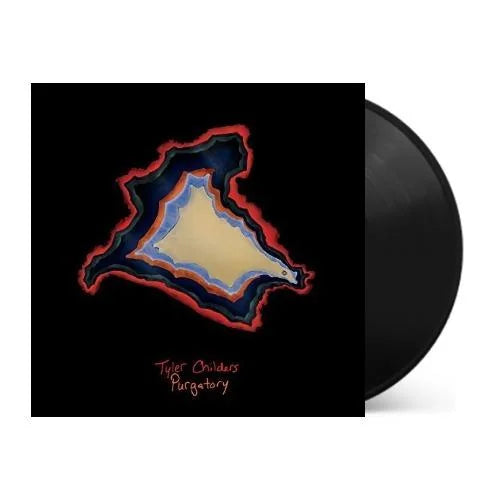
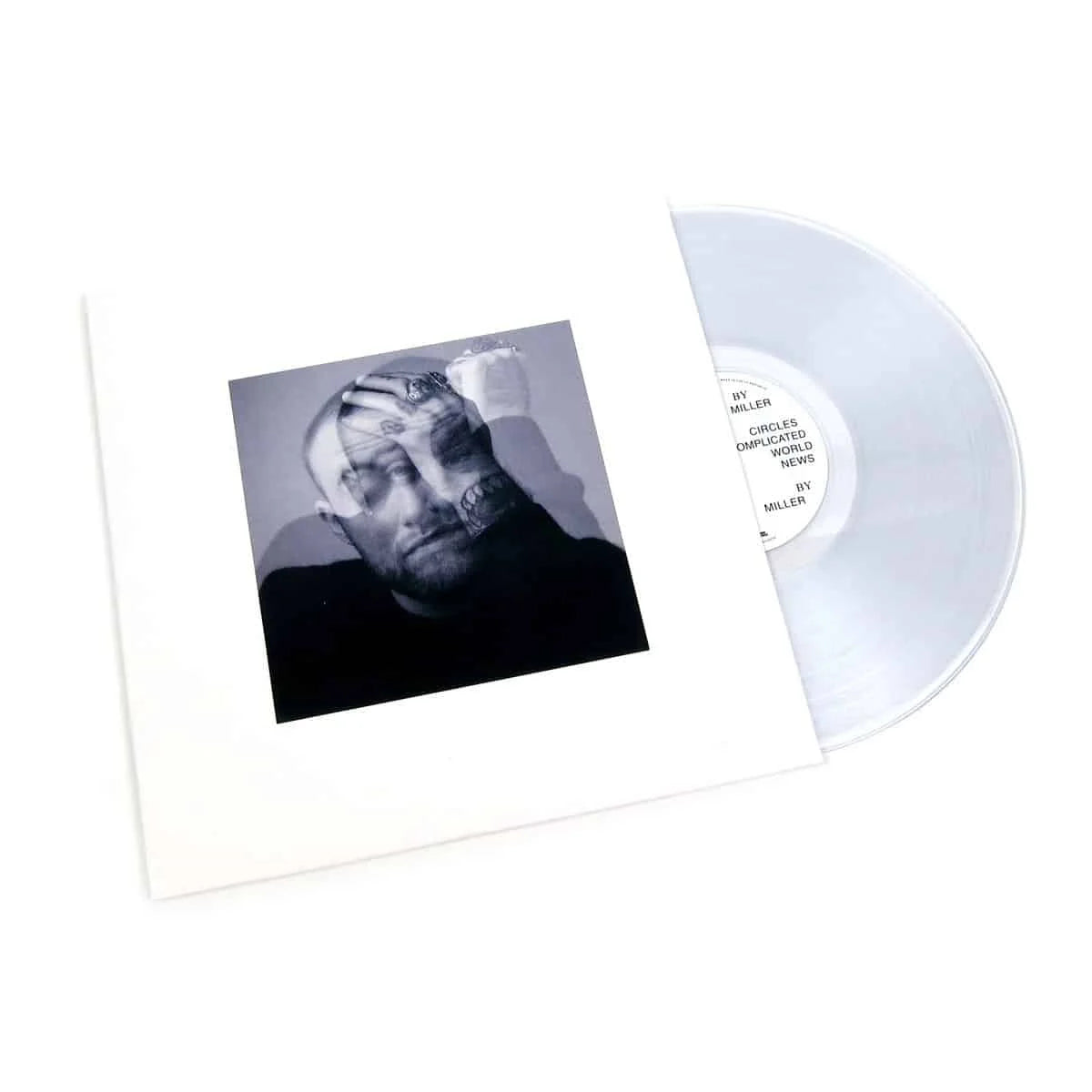
![The Grateful Dead - The Music Never Stopped [6LP Box Set]](http://vinyl.com/cdn/shop/files/The_Grateful_Dead-The_Music_Never_Stopped__6LP_Box_Set.jpg?v=1747729623&width=5760)
![Fleetwood Mac - Fleetwood Mac 1975 To 1987 [Clear 6LP Box Set]](http://vinyl.com/cdn/shop/files/2RHILP81833__61378.jpg?v=1743391443&width=5760)
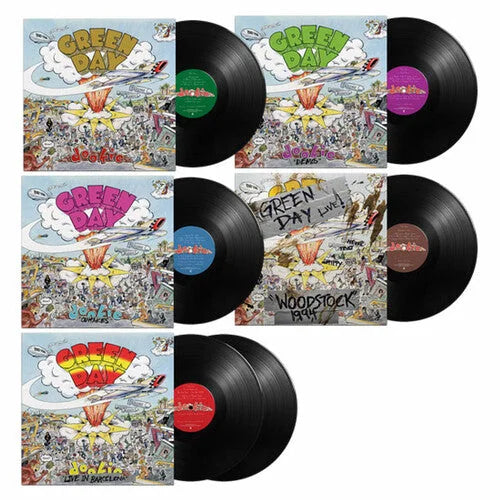
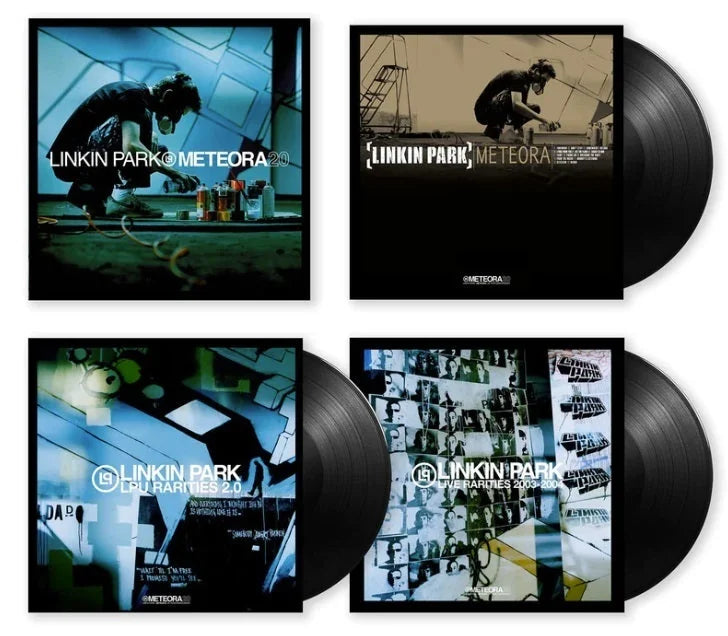
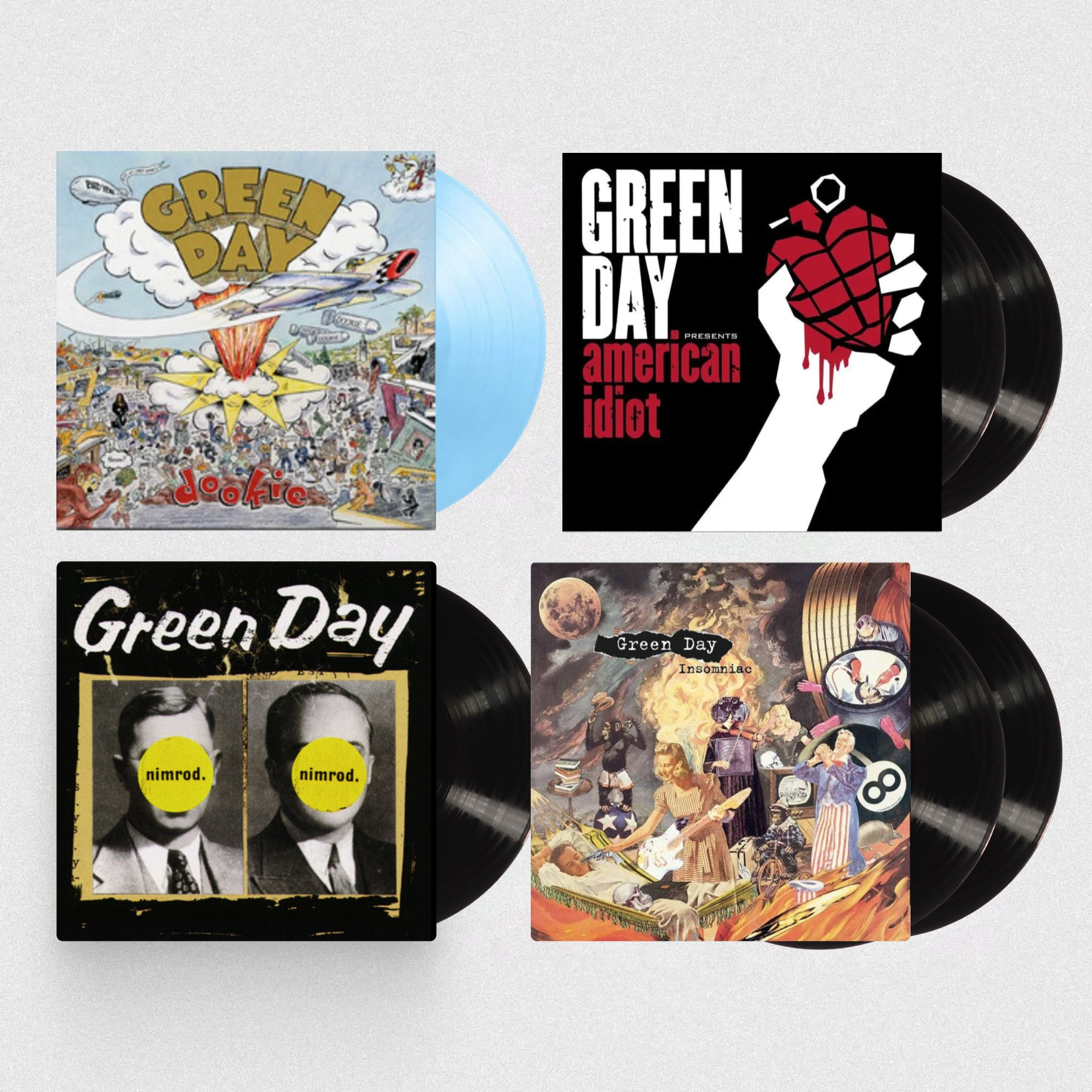
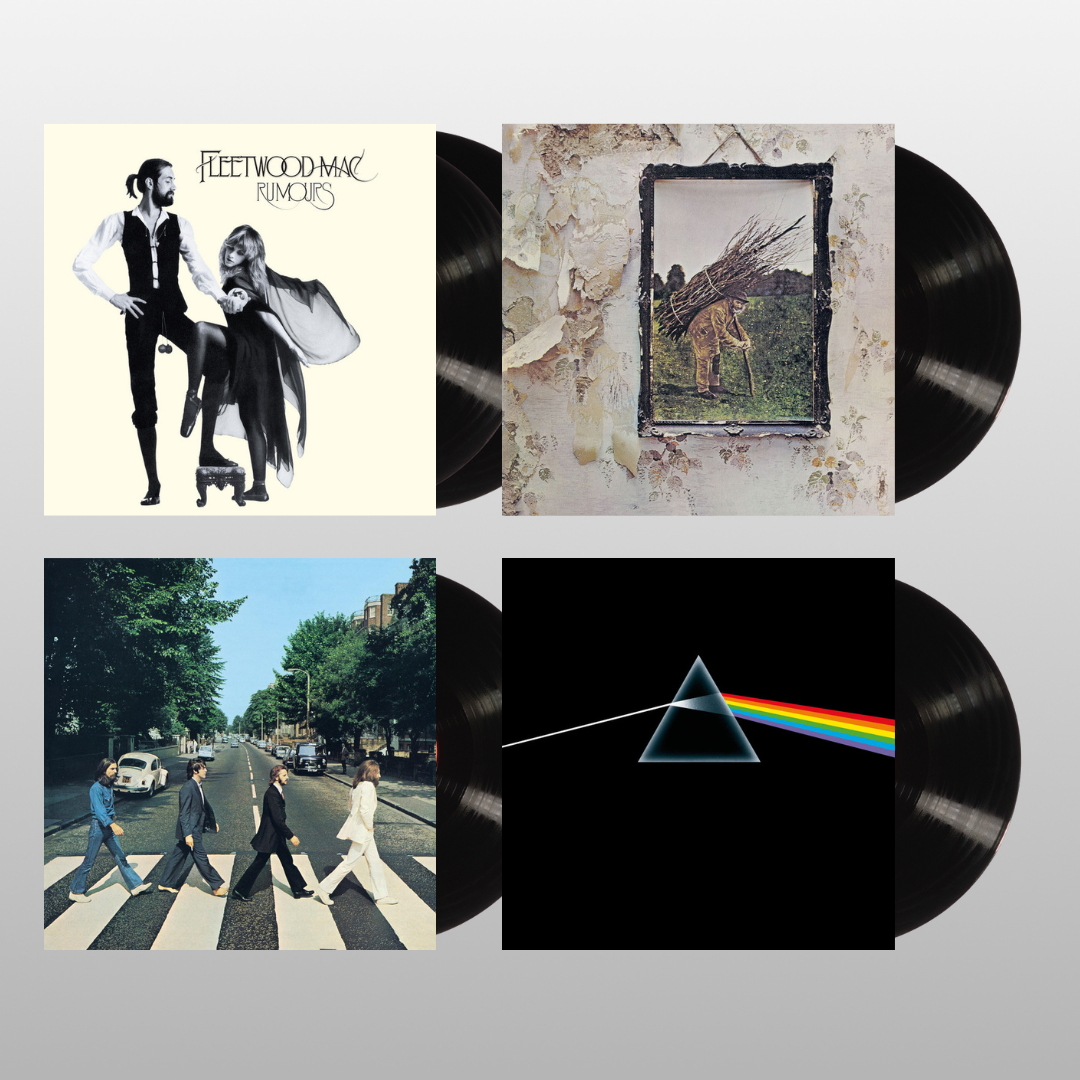
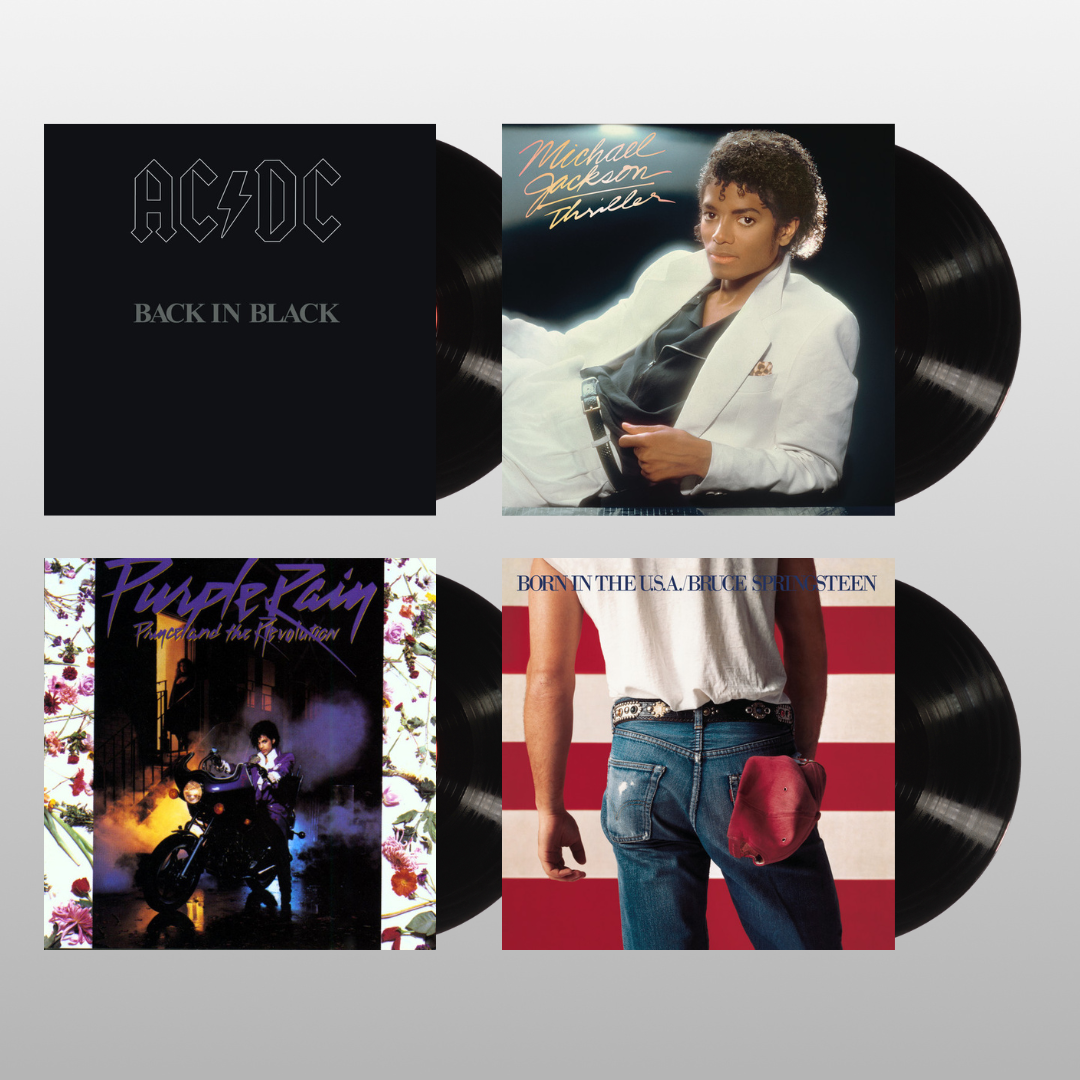
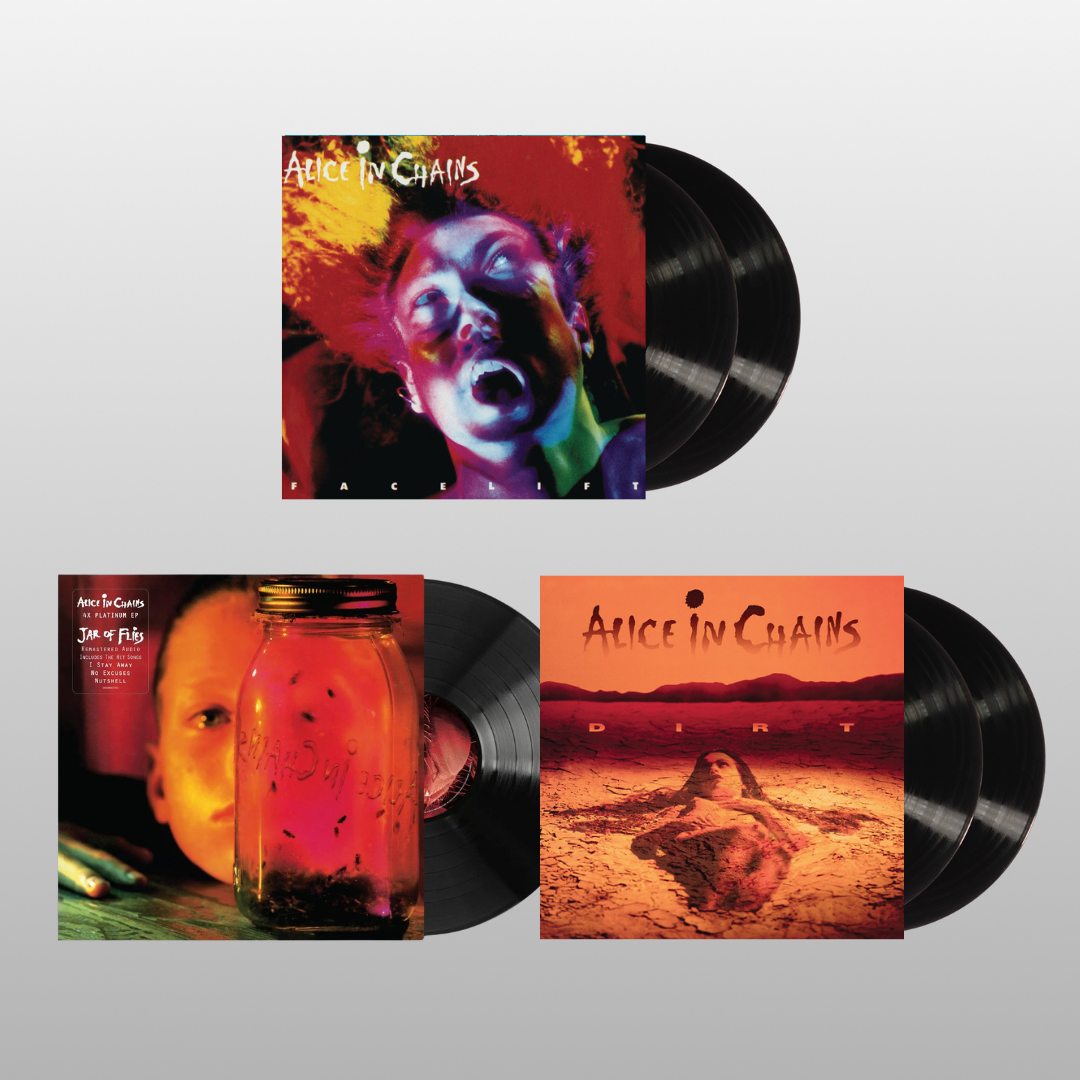


![$Uicideboy$ - Thy Kingdom Come [Clear]](http://vinyl.com/cdn/shop/files/4435583-3407920.jpg?v=1754460746&width=5760)
![(hed) p.e. - New And Improved [Pink]](http://vinyl.com/cdn/shop/files/4425252-3389420.jpg?v=1746578880&width=5760)
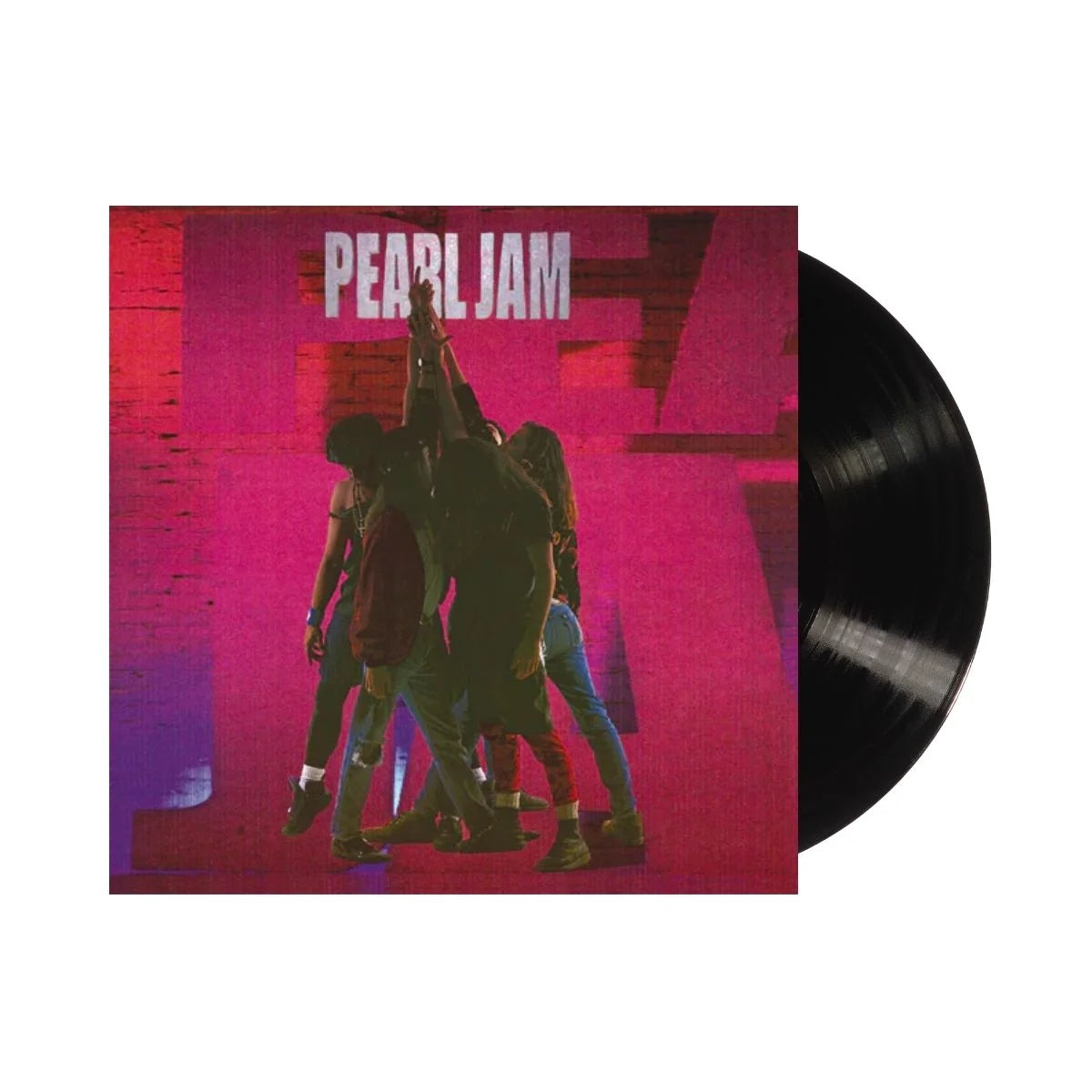

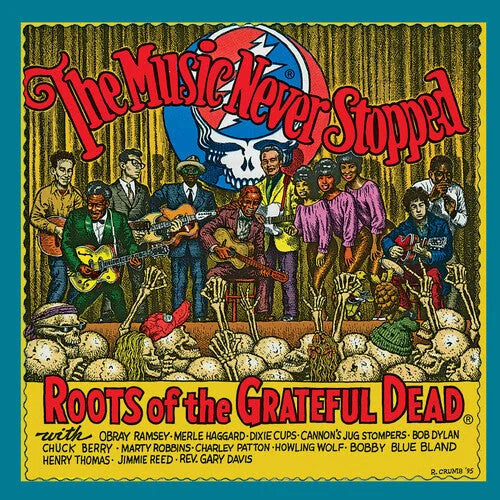

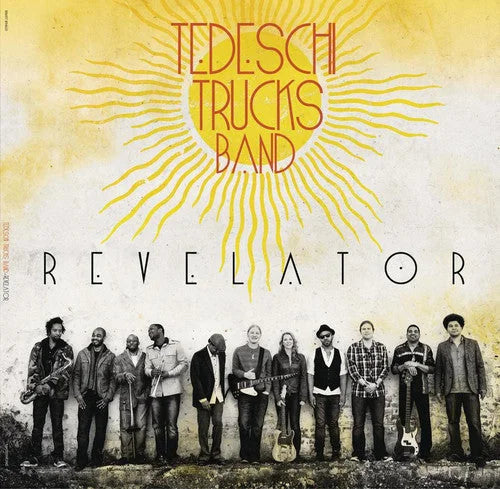
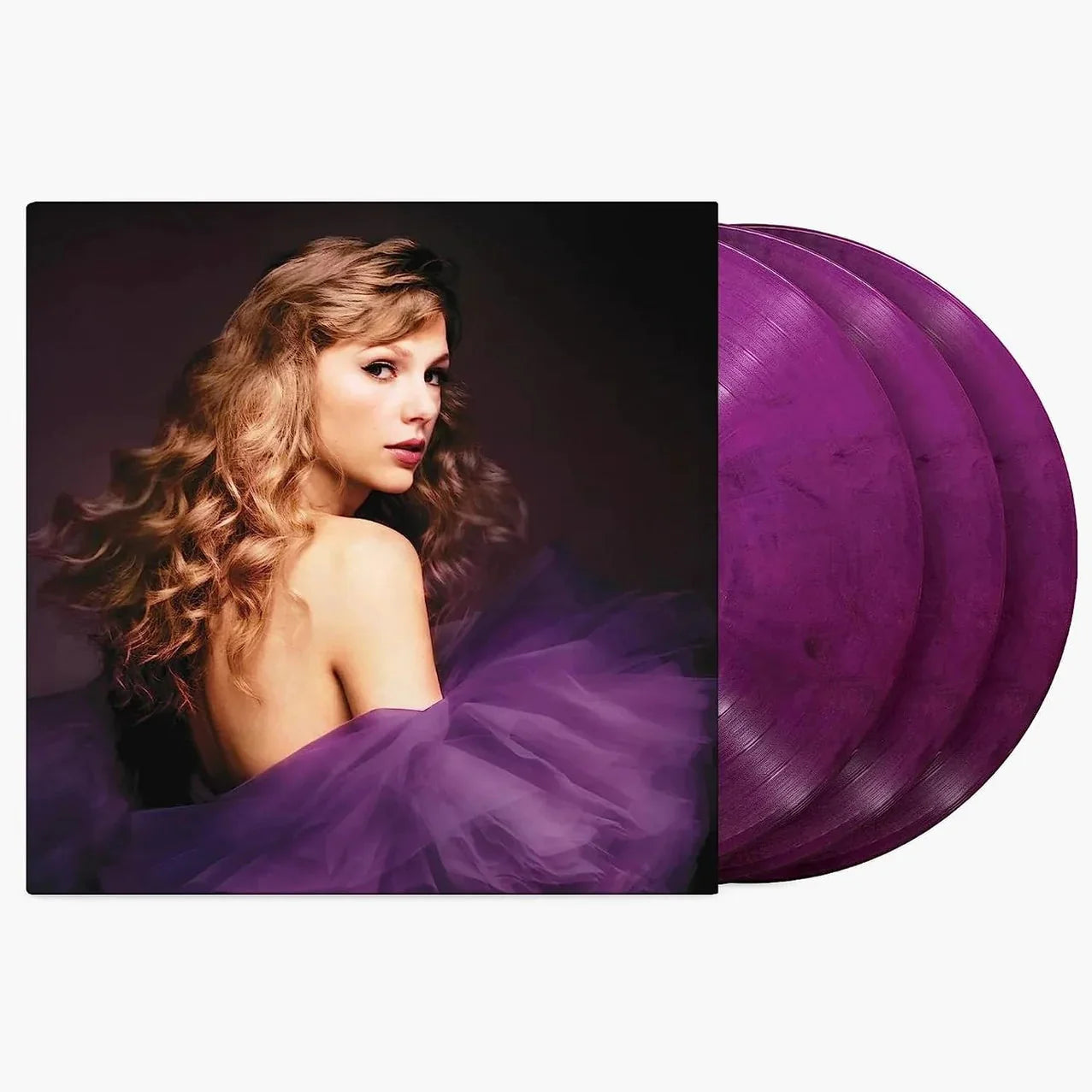
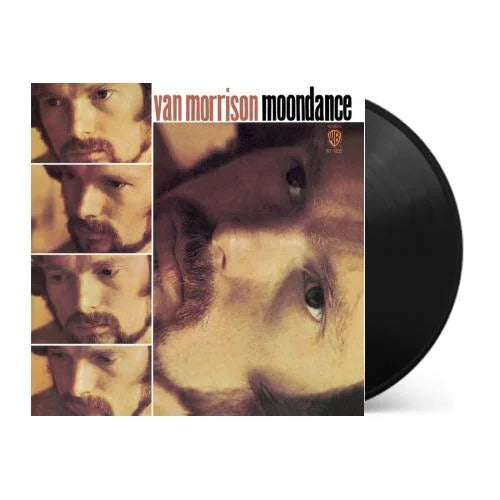

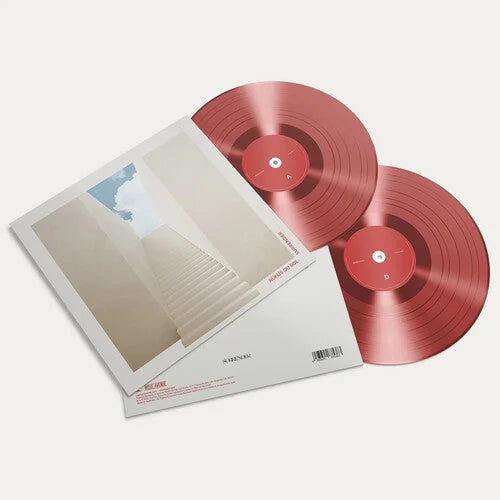
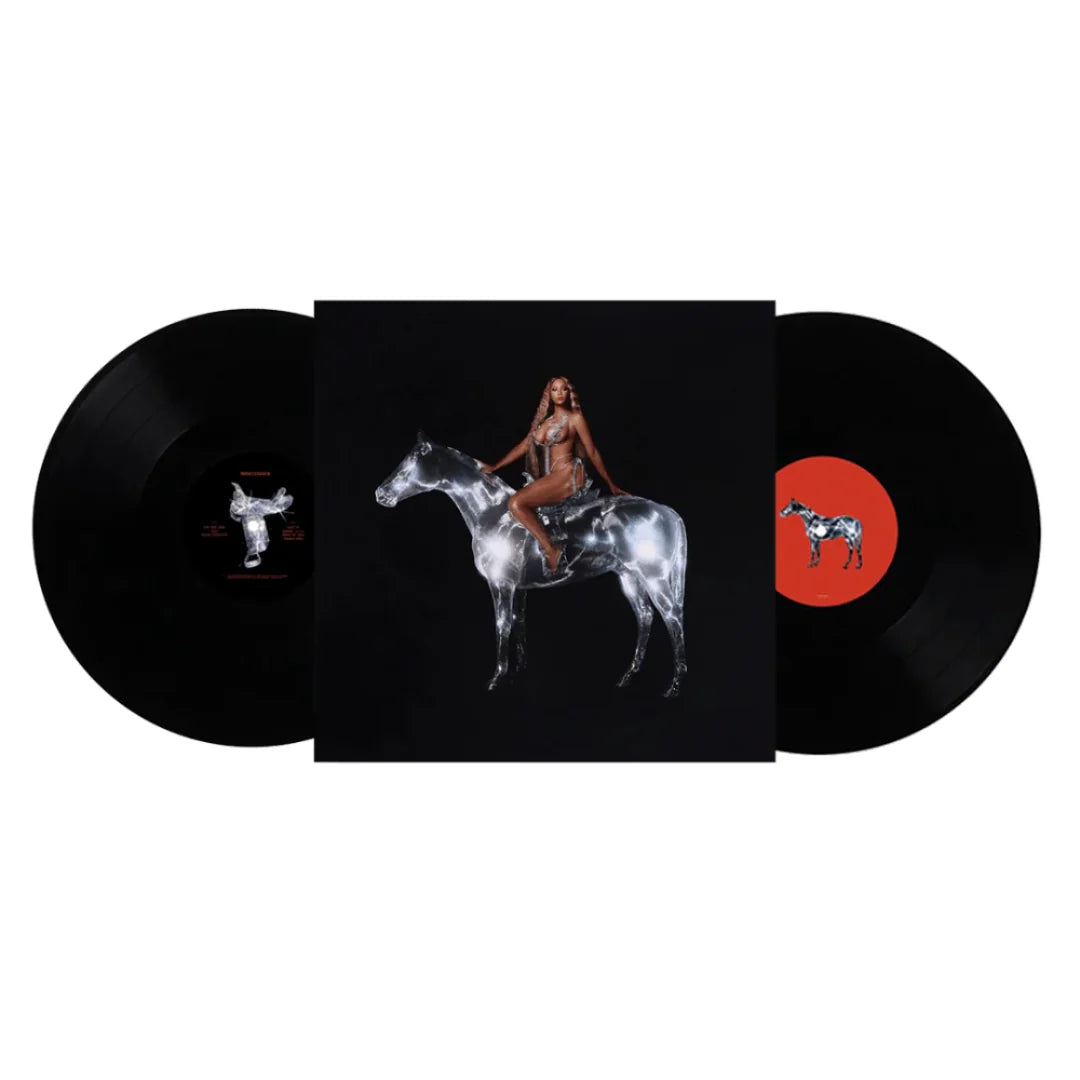
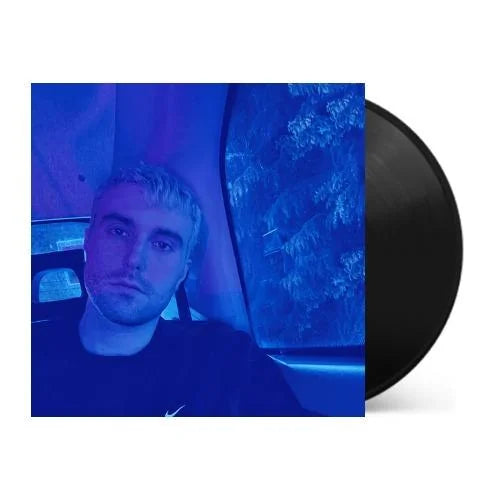

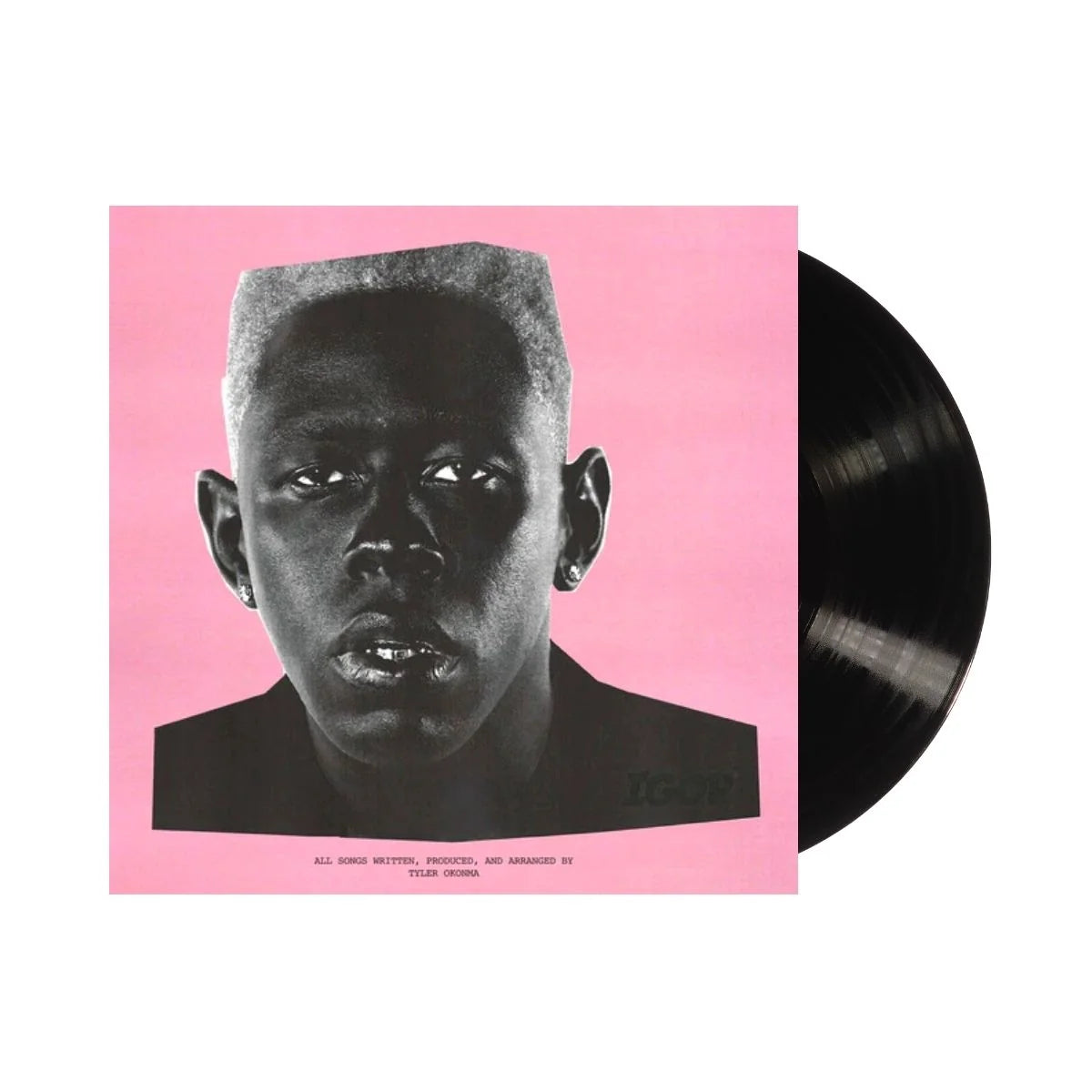
![Miles Davis - Kind of Blue [180-gram]](http://vinyl.com/cdn/shop/files/Y4LPMD03.webp?v=1742198237&width=5760)


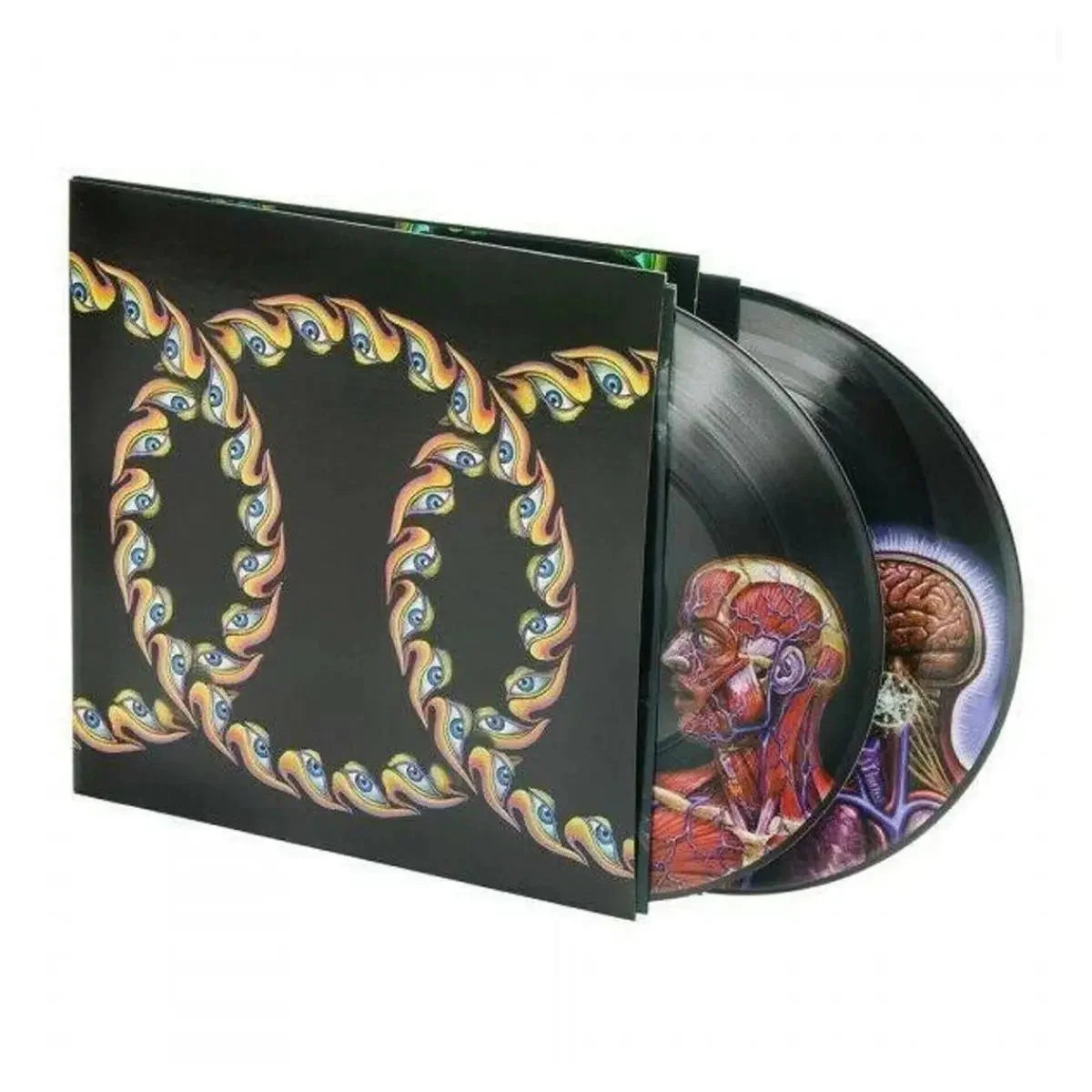
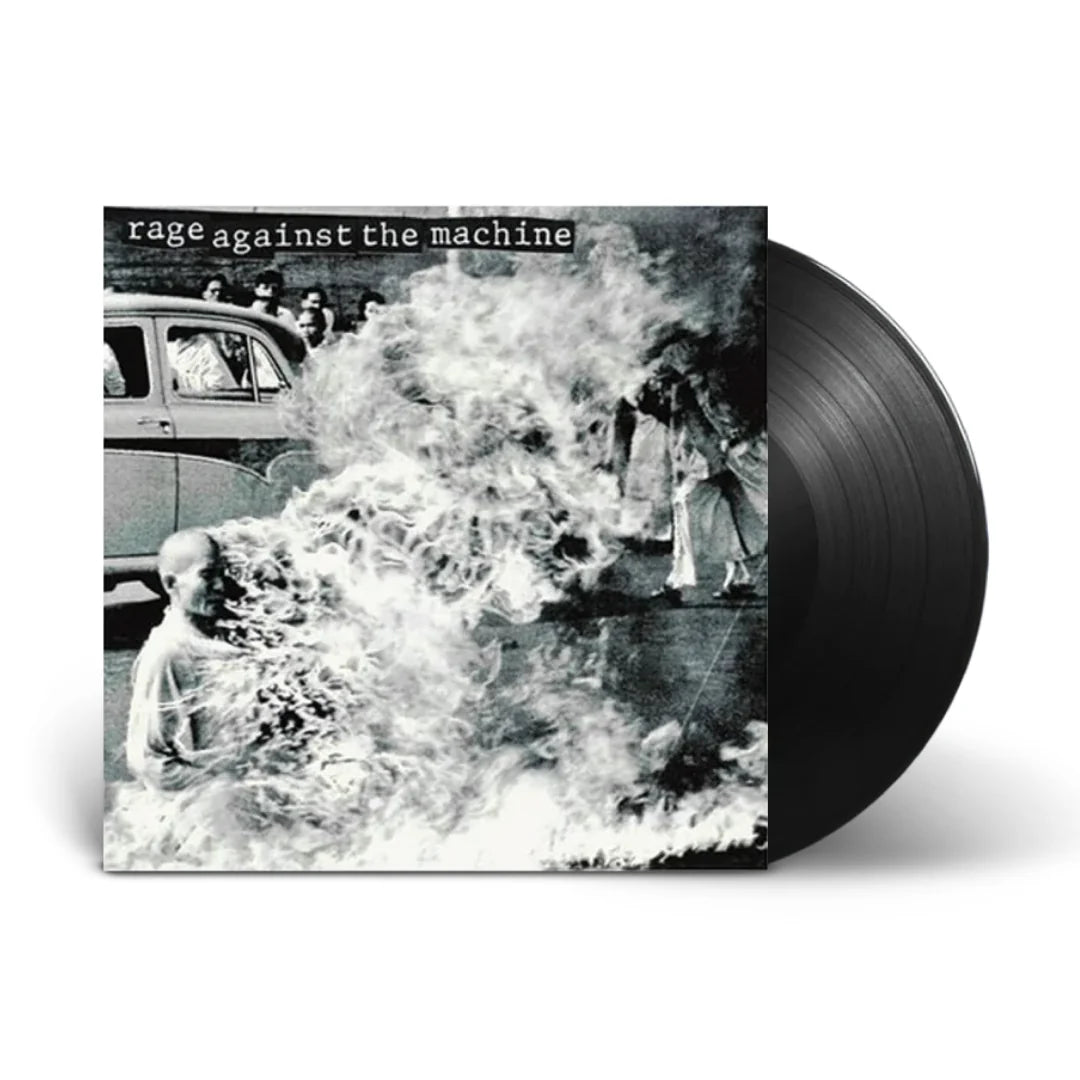
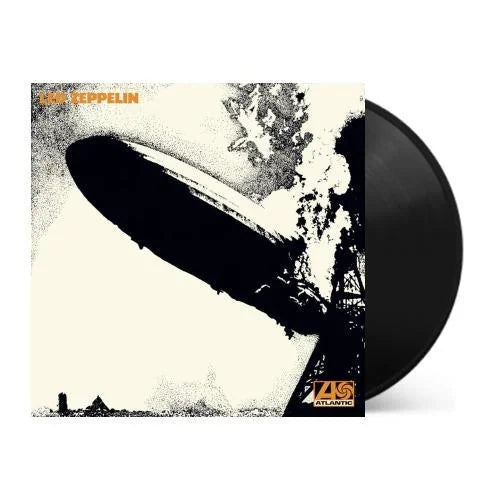
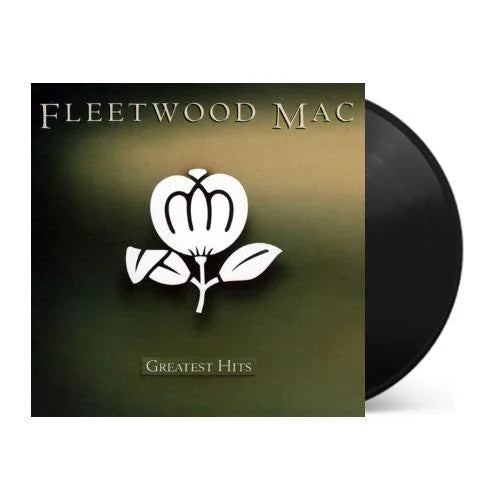
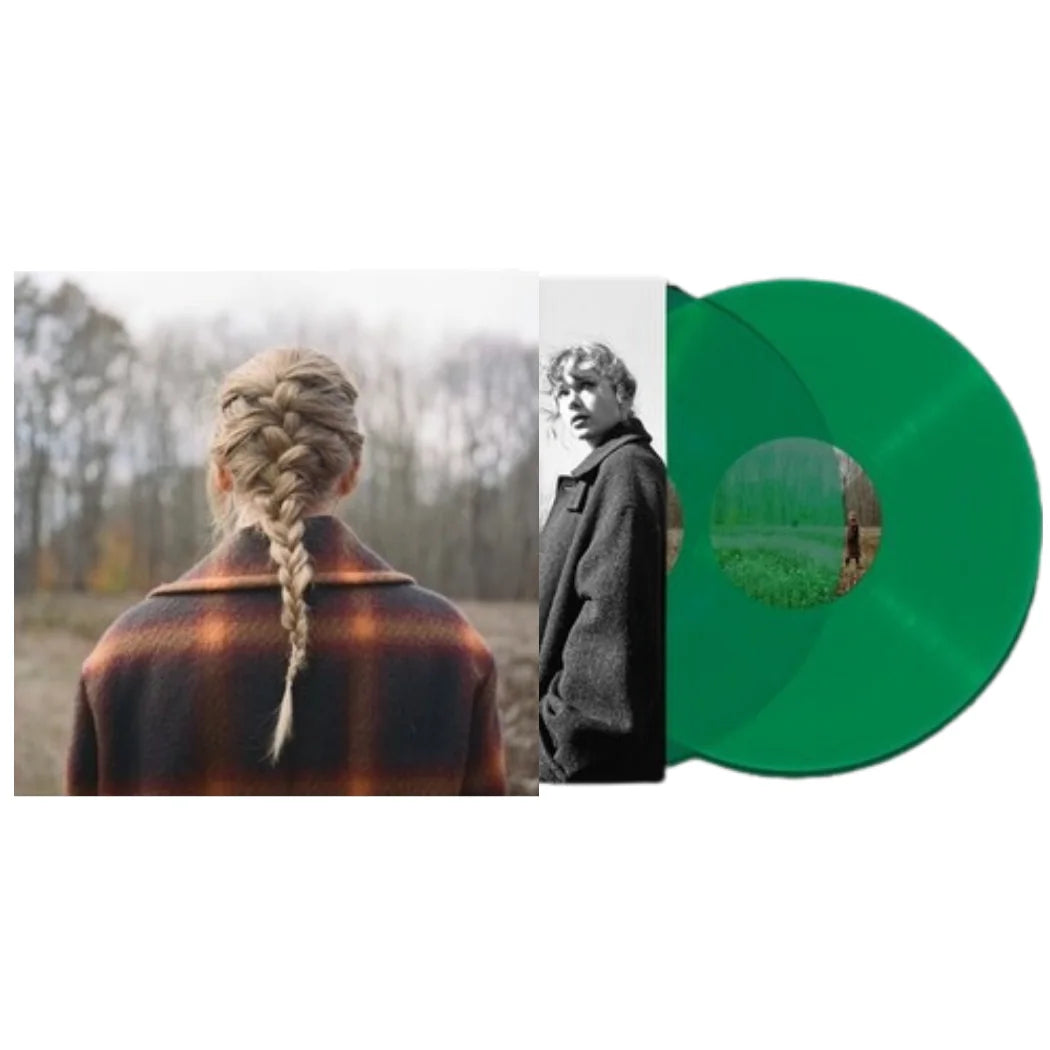
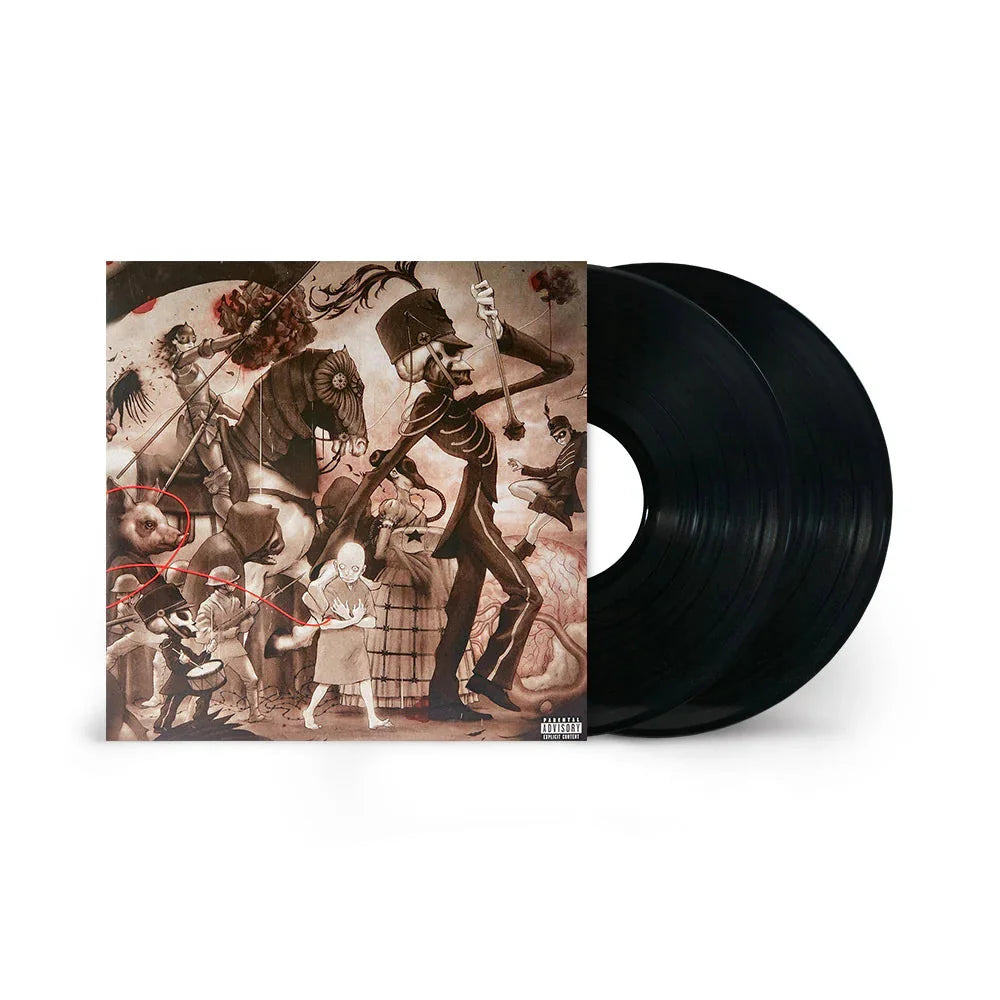

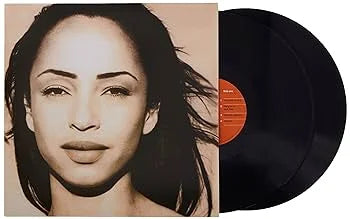
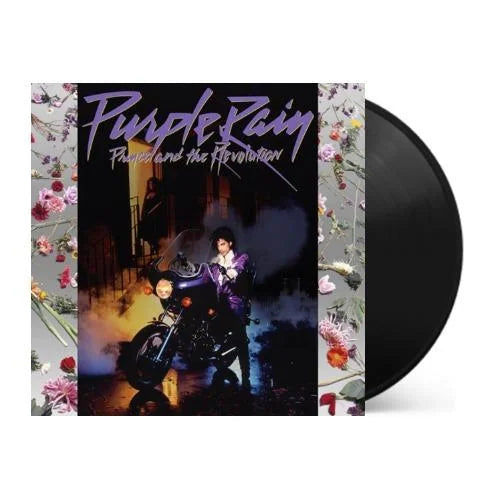
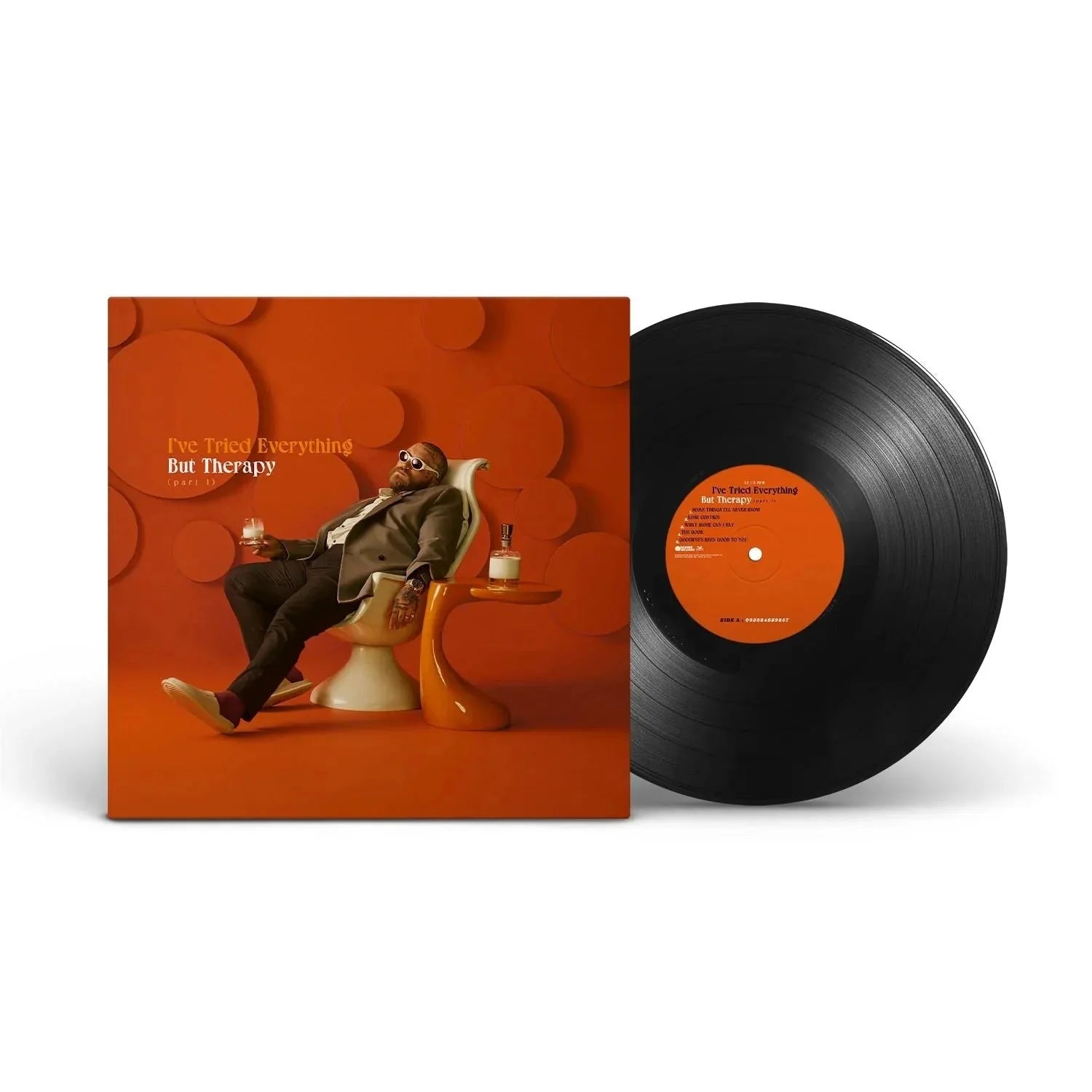
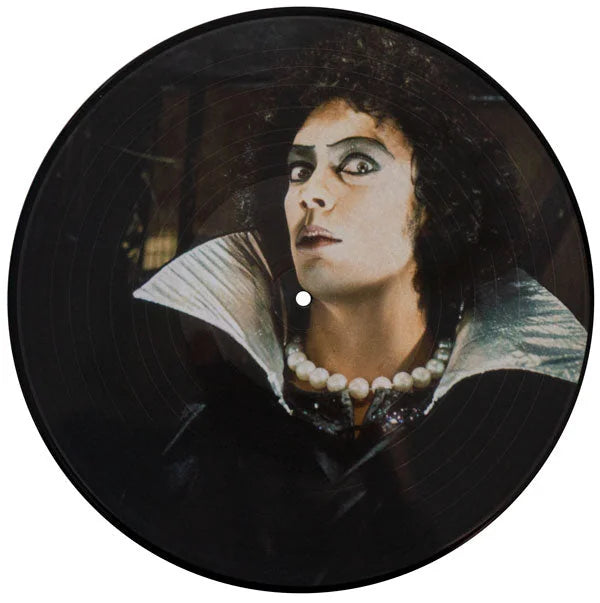
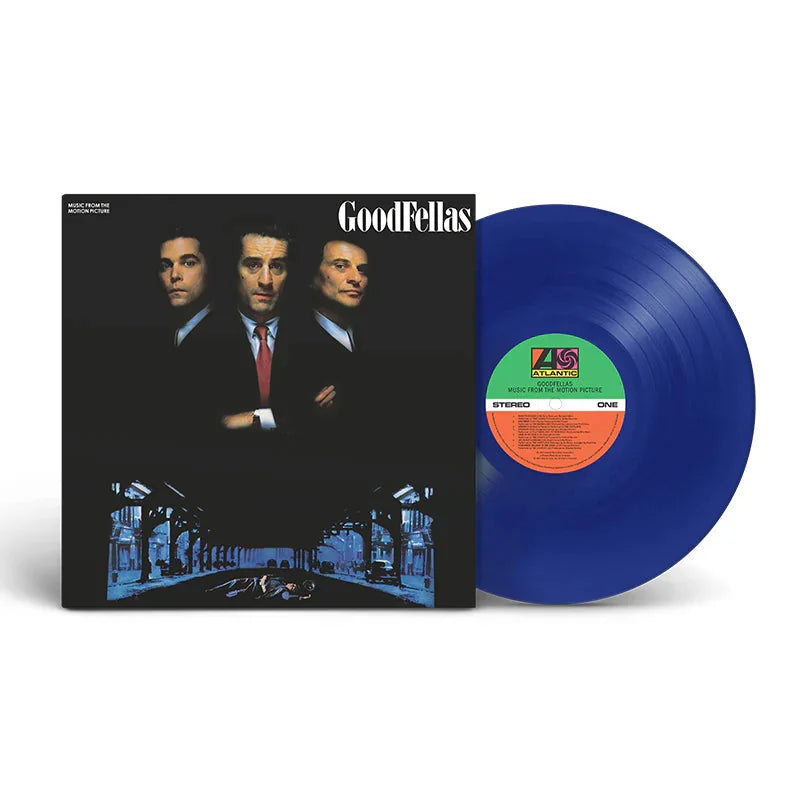
![Transformers: The Movie (Original Soundtrack) [Unicron Marbled 180-Gram]](http://vinyl.com/cdn/shop/files/4417308-3378319.jpg?v=1745982250&width=5760)
